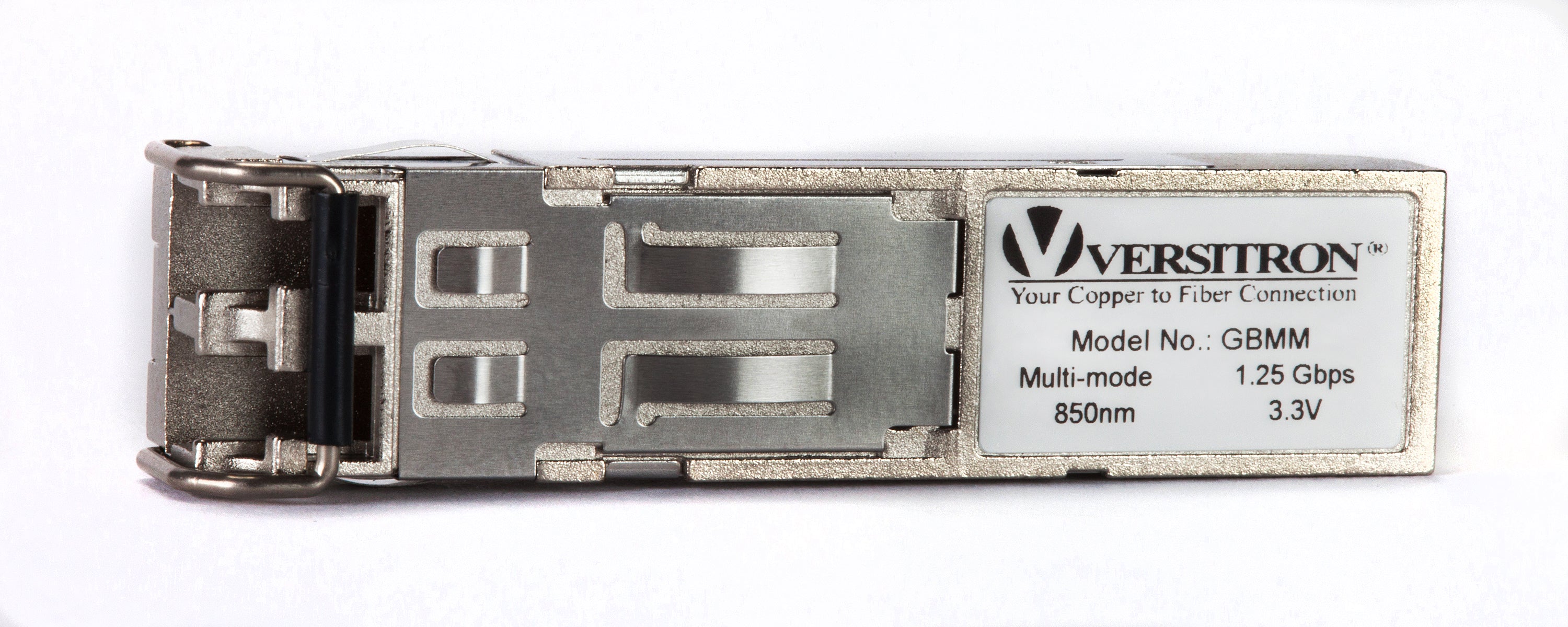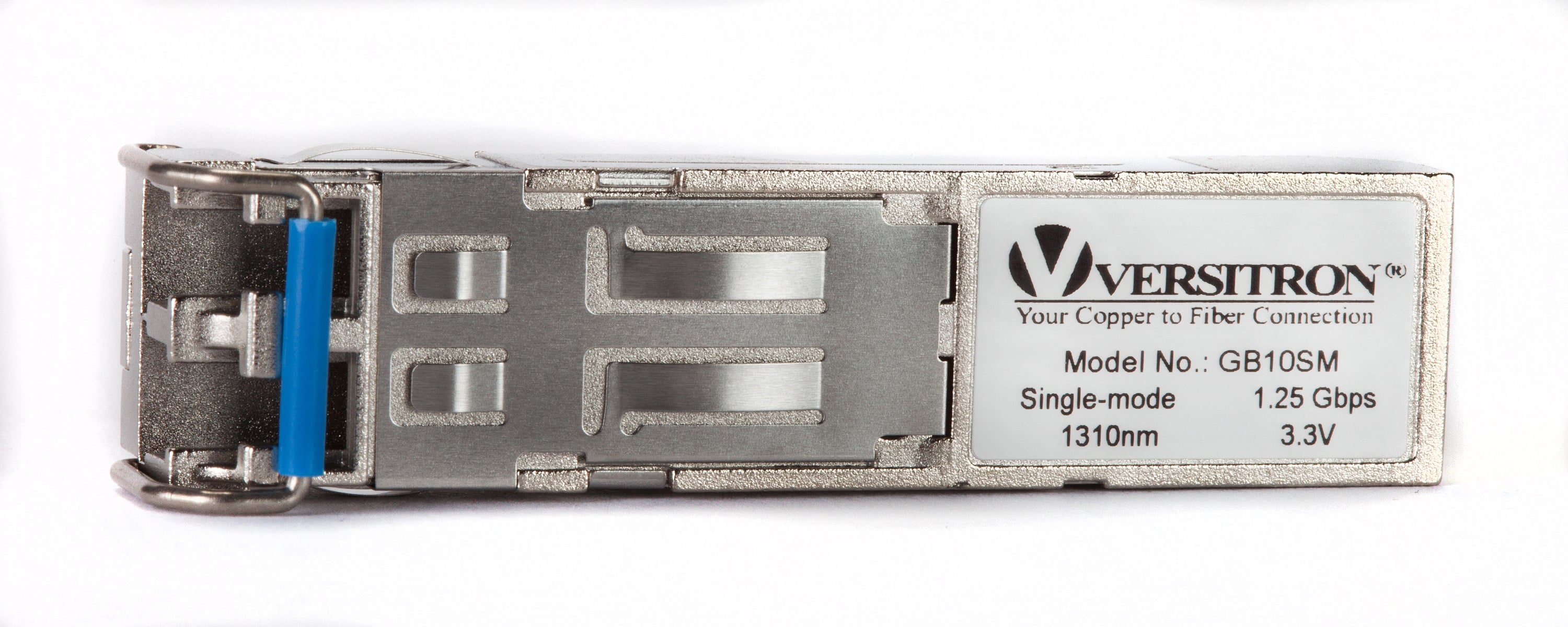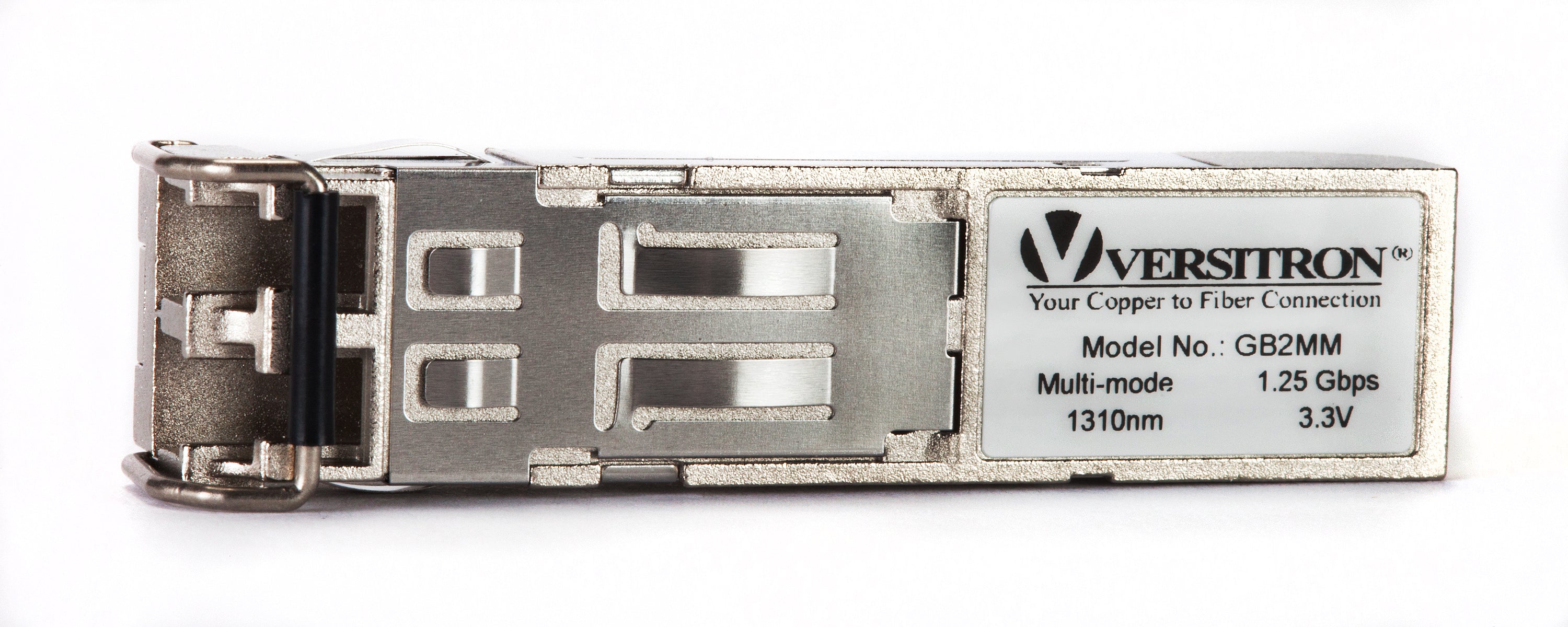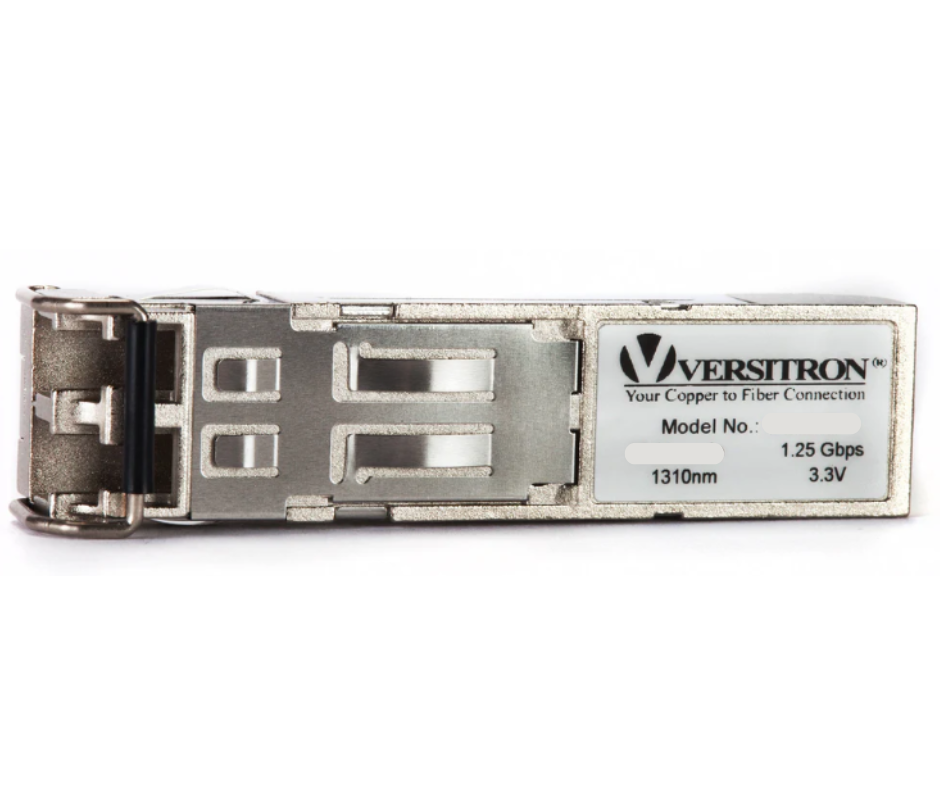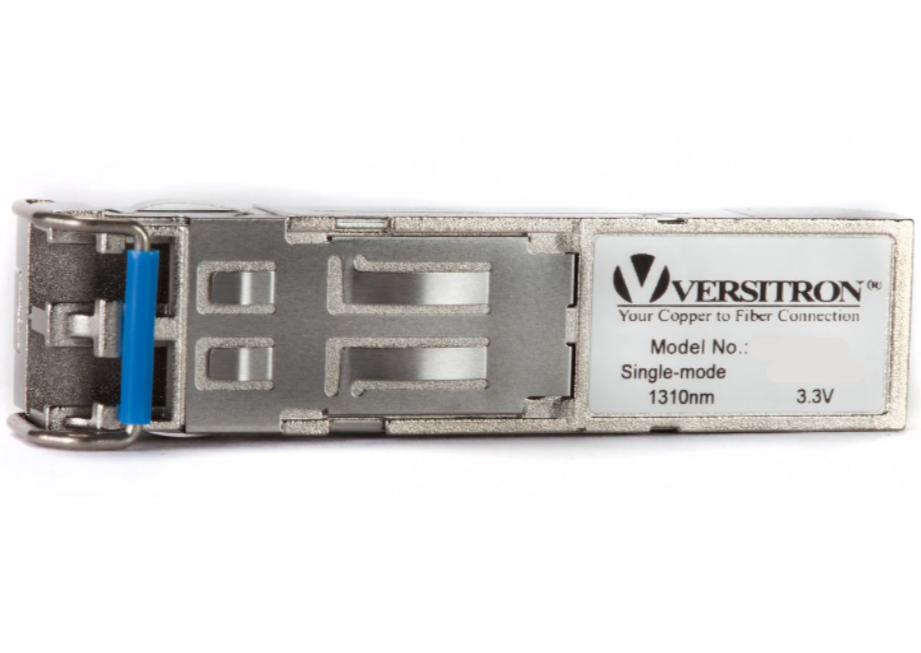In today's interconnected world, achieving success requires effective communication. A smooth communication depends on the quality of the connection, whether it's a simple phone call, a video conference, or high-speed data transfer. One Important components that determine the quality of the connection is the transceiver. A transceiver is a device that transmits and receives signals over a communication channel. It is essential to test the transceiver to ensure smooth communication. In this blog post, we will explore why transceiver testing is crucial for smooth connections.
Why Transceiver Testing is Important?
- Identify faults and failures: Transceiver testing helps in identifying any faults or failures in the device. The transceiver comprises several components such as a transmitter, receiver, amplifiers, filters, and signal processors. A fault in any of these components can lead to a breakdown in communication. Through transceiver testing, technicians can identify any faults or failures and take corrective action before the issue becomes critical.
- Optimize performance: Transceiver testing helps in optimizing the performance of the device. By testing the transceiver, technicians can ensure that the device is operating at its maximum capacity. They can adjust the settings of the transceiver to improve the quality of the connection, reduce the noise, and increase the data transfer rate. This optimization results in a better overall user experience.
- Ensure compliance with standards: Transceiver testing ensures compliance with industry standards. There are specific regulations and standards that govern the use of transceivers in different applications. By testing the transceiver, technicians can ensure that the device complies with these standards. Compliance with these standards ensures that the device is safe, reliable, and performs as expected.
- Enhance reliability: Transceiver testing enhances the reliability of the device. Reliability is critical for any communication device, and transceivers are no exception. By testing the transceiver, technicians can ensure that the device is reliable and performs consistently. A reliable transceiver ensures that the communication is uninterrupted and consistent, resulting in a better user experience.
- Reduce downtime: Transceiver testing helps in reducing downtime. An unavailability or a malfunctioning device is described as downtime. Downtime can result in lost productivity, lost revenue, and frustration among users. By testing the transceiver, technicians can identify any potential issues and take corrective action before they result in downtime. This proactive approach helps in reducing downtime and ensuring smooth communication.
- Minimize costs: Transceiver testing helps in minimizing costs. A faulty or unreliable transceiver can result in additional costs such as repair, replacement, or lost productivity. By testing the transceiver, technicians can identify any potential issues and take corrective action before they become critical. This proactive approach helps in minimizing costs associated with downtime, repair, or replacement.
How to Test an SFP Transceiver?
Testing an SFP (Small Form-factor Pluggable) transceiver involves several steps to ensure its proper functioning and compatibility with the network infrastructure. Here's a general guide on how to test an SFP transceiver:
- Visual Inspection: Start by visually inspecting the SFP transceiver for any physical damage, bent pins, or loose connectors. Ensure that all components are clean and free from dust or debris.
- Compatibility Check: Verify that the SFP transceiver is compatible with the intended network equipment, such as switches, routers, or media converters. Check the specifications and documentation to ensure proper compatibility in terms of data rate, fiber type (single-mode or multi-mode), wavelength, and supported distances.
- Insertion and Link Verification: Insert the SFP transceiver into the corresponding slot on the network equipment. Ensure a proper and secure connection. Check the device's interface to verify that the link is established and that the transceiver is recognized by the equipment.
- Power and Signal Quality Testing: Use appropriate testing equipment, such as an optical power meter or an Ethernet tester, to measure the power levels and signal quality of the SFP transceiver. This helps ensure that the transceiver is transmitting and receiving signals within the expected range. Measure the received power and compare it to the specified values to ensure proper signal strength.
- Transmission and Reception Testing: Initiate data transmission and reception through the SFP transceiver. This can be done by sending test signals or running network traffic. Monitor the performance, latency, and error rates to ensure that the SFP transceiver is functioning correctly and transmitting data accurately.
- Link Stability and Error Testing: Perform tests to check the stability and reliability of the link established by the SFP transceiver. This can include stress testing the connection, checking for packet loss, verifying error rates, and monitoring for any intermittent connectivity issues.
- SFP Loopback Testing: Enable loopback mode on the SFP transceiver, if supported. This allows you to test the transceiver's functionality by sending signals from the device and receiving them back internally. Verify that the loopback test is successful and that the transmitted signals are correctly received.
- Documentation and Reporting: Document the testing process, including the results, measurements, and any observations. Create a comprehensive report that includes details about the SFP transceiver, test setup, and test outcomes. This documentation can be useful for future reference, troubleshooting, and ensuring compliance with industry standards.
It's important to note that specific testing procedures may vary depending on the equipment and testing tools available. Refer to the manufacturer's guidelines and specifications for detailed instructions on testing their specific SFP transceiver models.
In conclusion, Transceiver testing is essential for smooth connections. It helps in identifying faults and failures, optimizing performance, ensuring compliance with standards, enhancing reliability, reducing downtime, and minimizing costs. As communication continues to evolve and become more critical, it is essential to ensure that the transceiver is tested regularly to ensure uninterrupted communication. So, if you want to ensure smooth communication, make sure to test your transceiver regularly.




